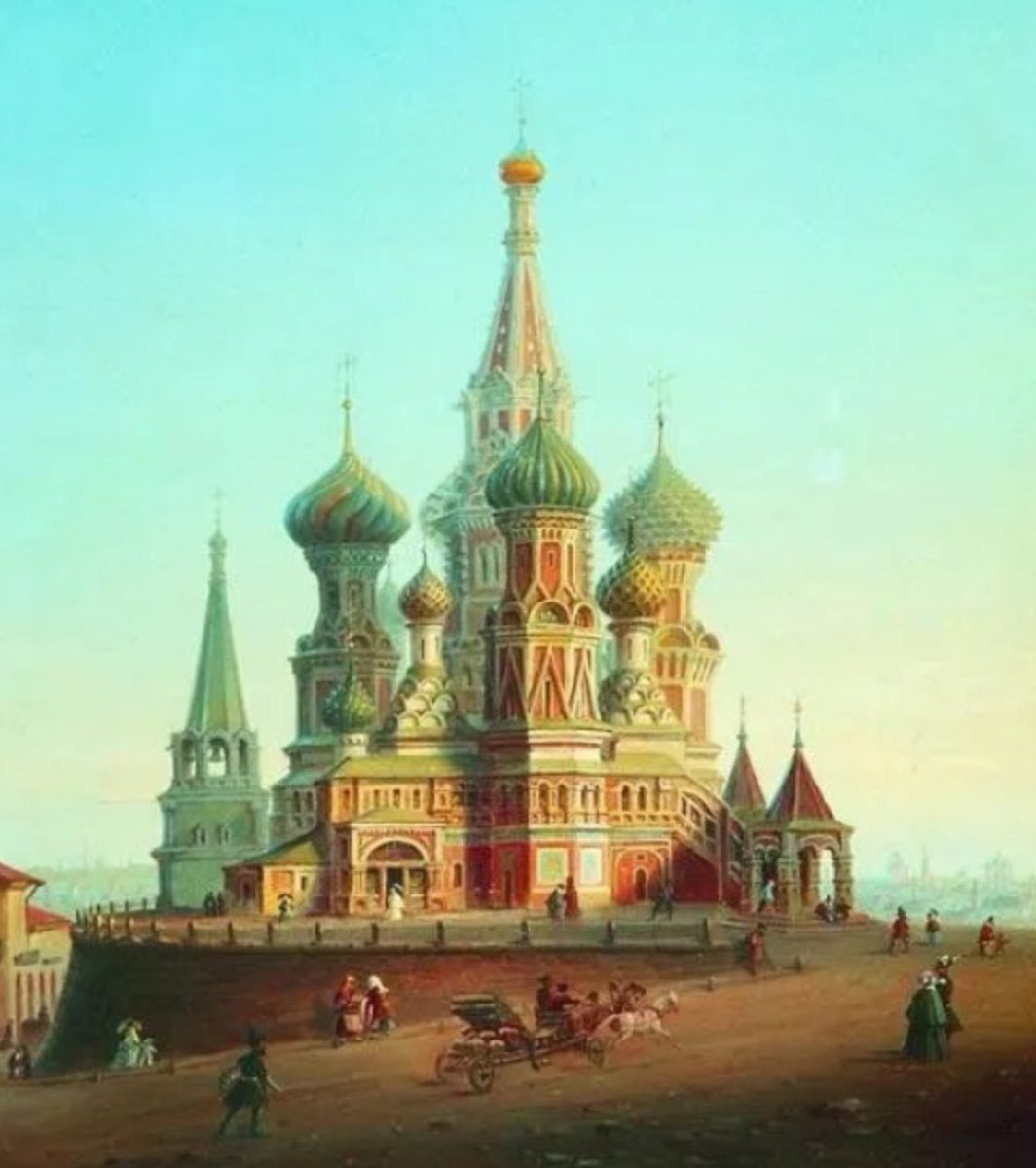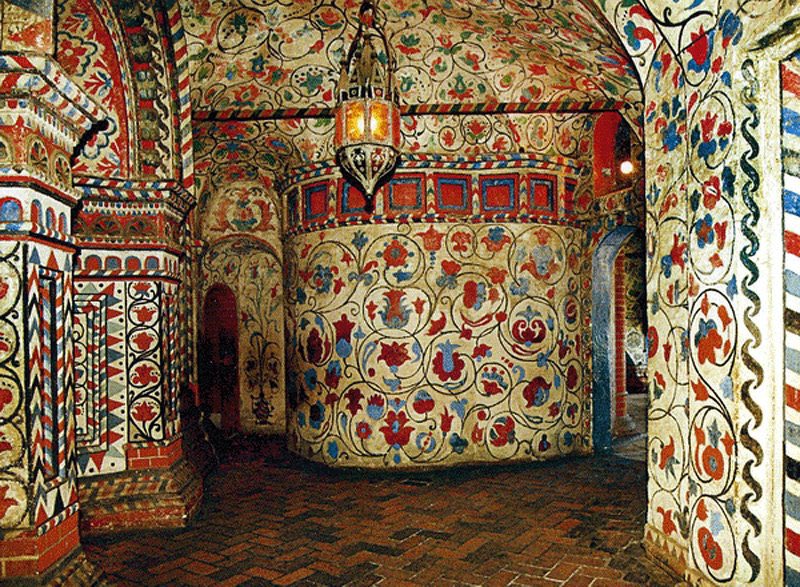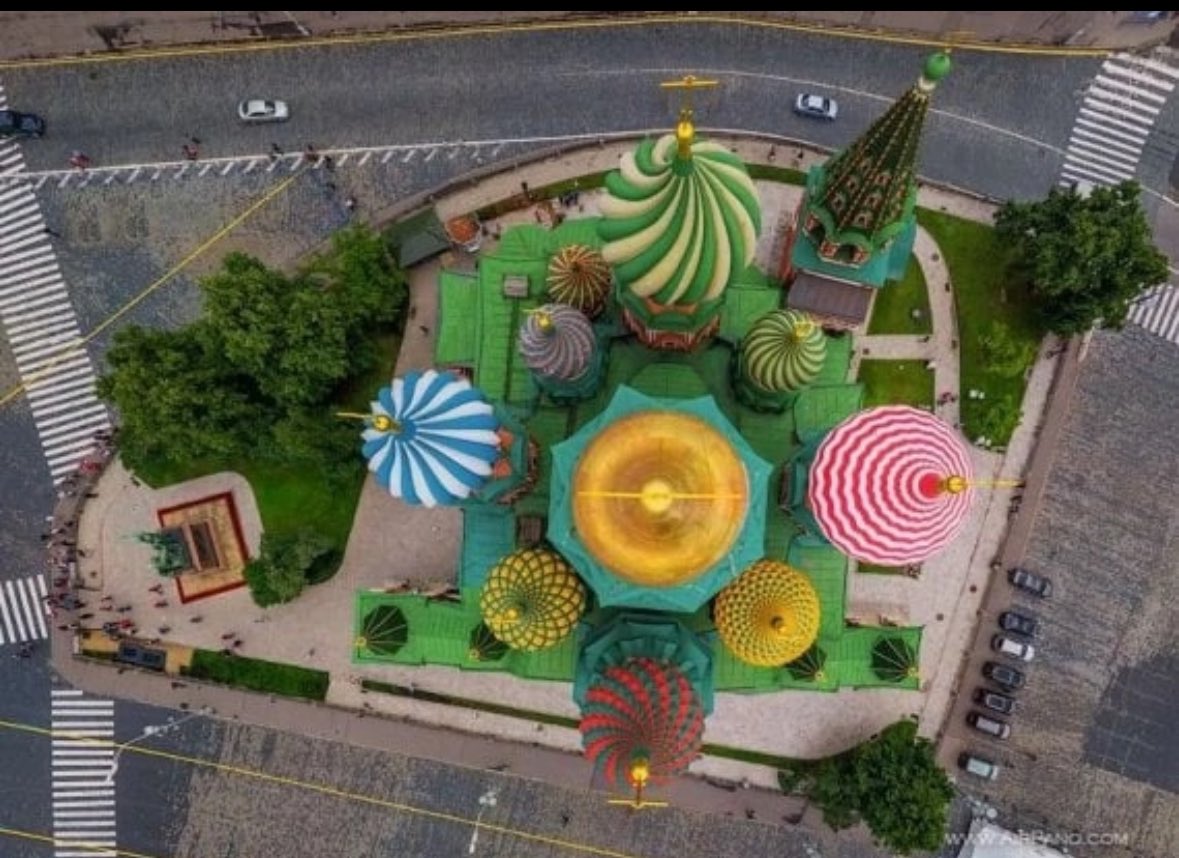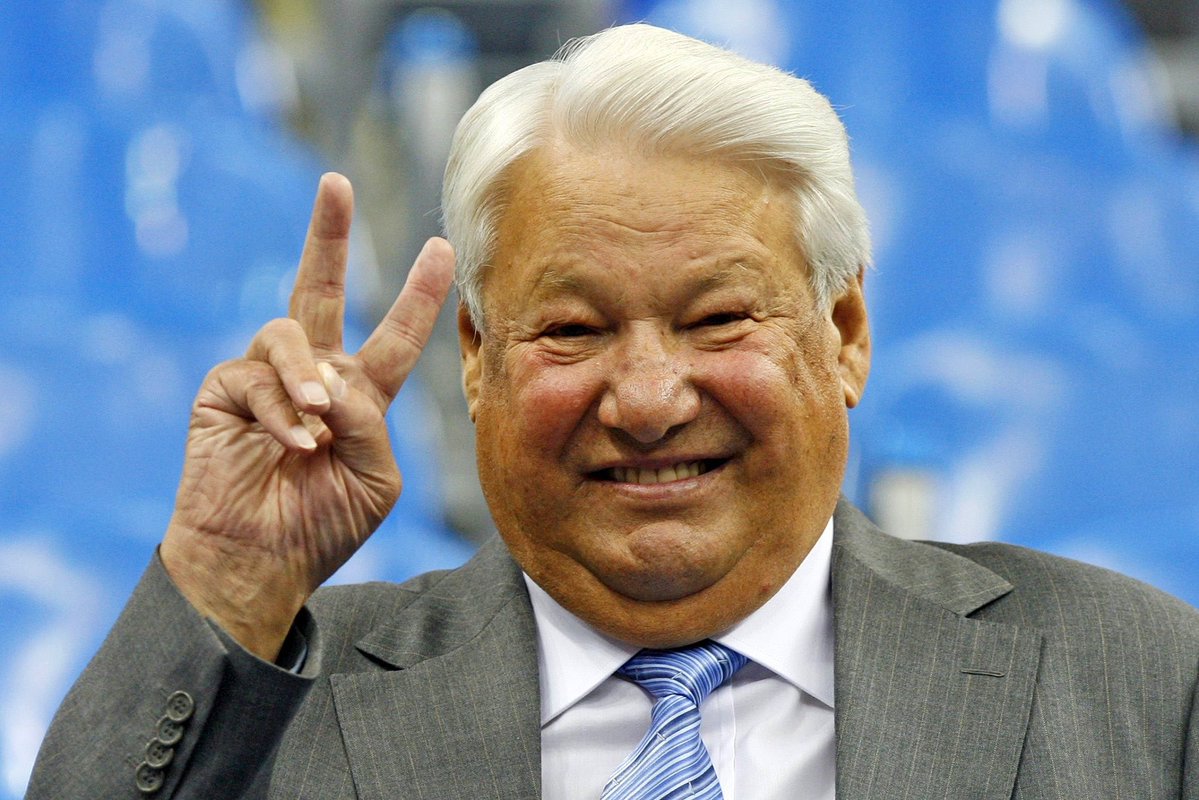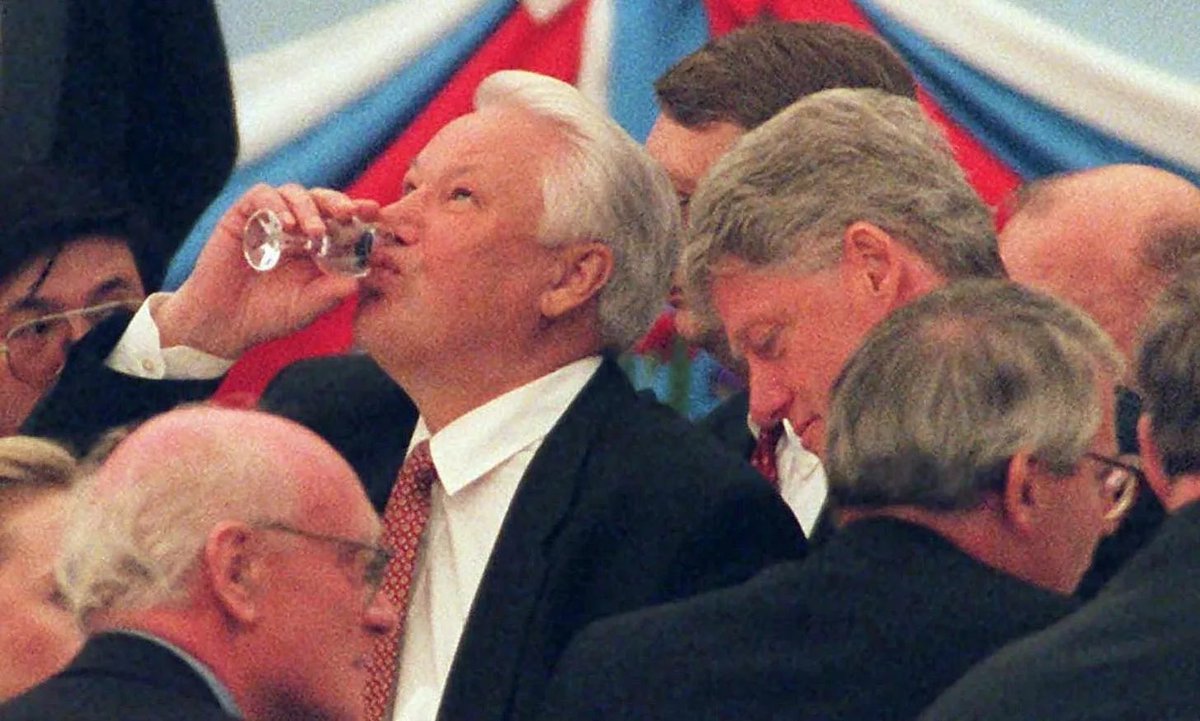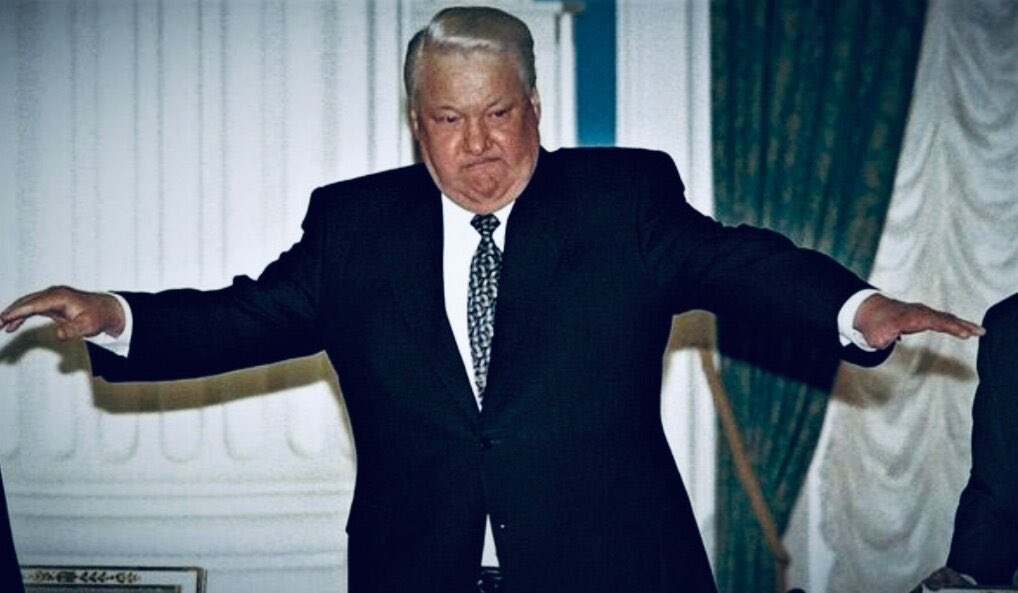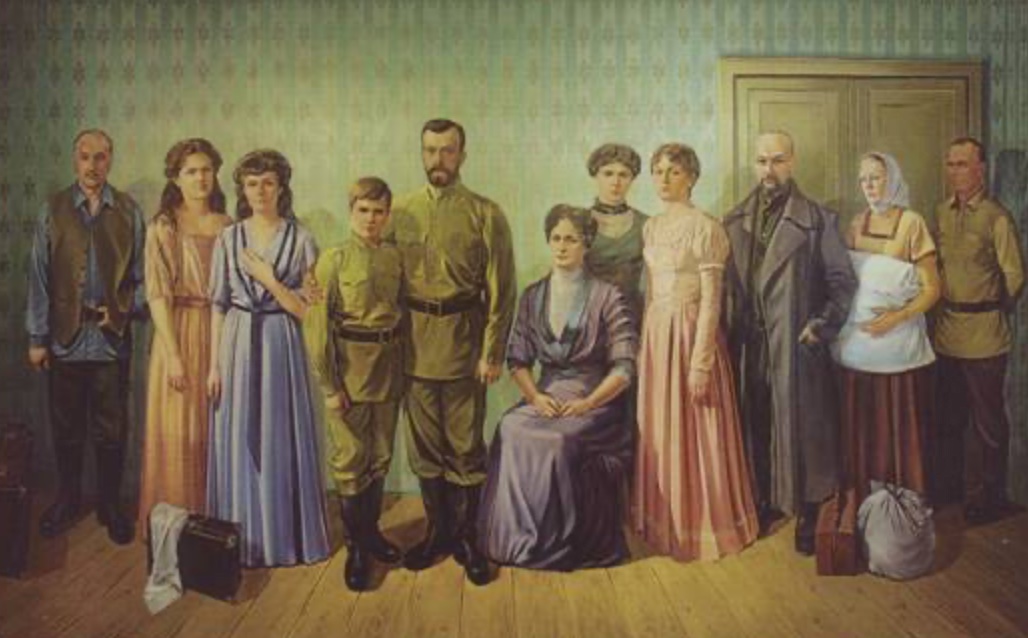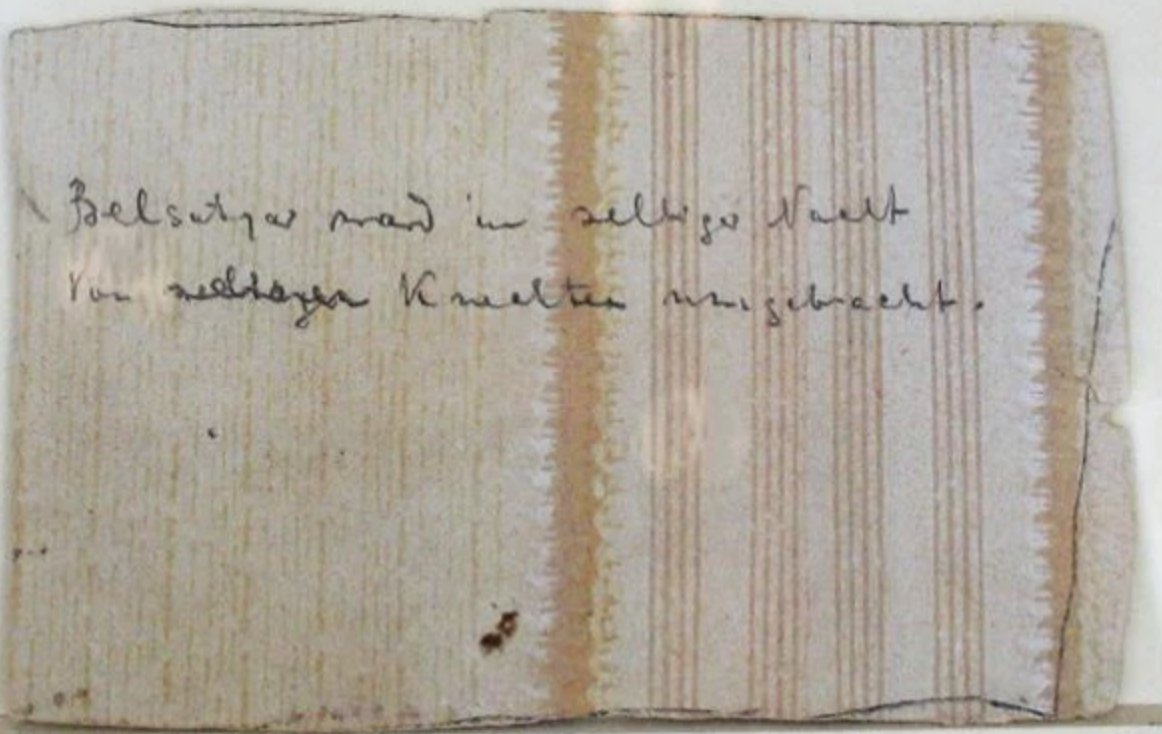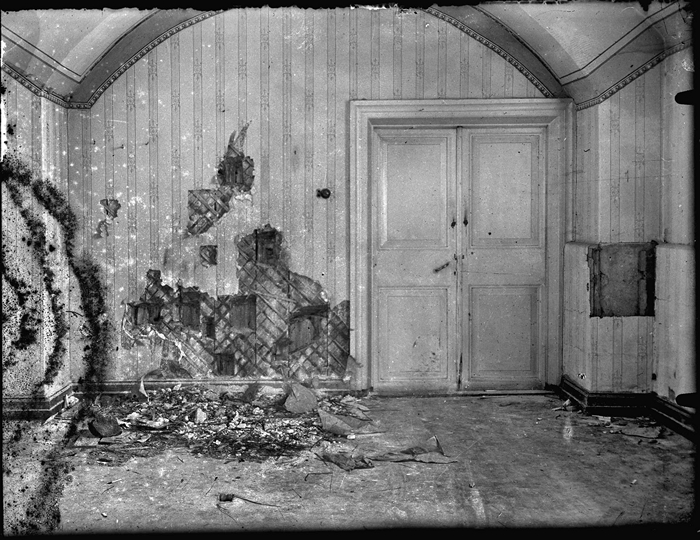Ethnic Cleansing in Karelia, USSR: Finland’s Dirty Secret of WWII
Finland was far from a victim, they were in bed with the Nazis, engaging in the same practices.
From 1941 to 1944, the Finnish army occupied Eastern Karelia (USSR), where it established a regime of terror targeting the Soviet population of the region. Not soldiers but civilians.
On October 24, 1941, the first Finnish concentration camp for Soviet civilians of Slavic origin, including women and children, was established in Petrozavodsk. The goal was ethnic cleansing: the elimination of the Russian population in the Finnish-occupied region of Karelia.
🧵👇
Finland was far from a victim, they were in bed with the Nazis, engaging in the same practices.
From 1941 to 1944, the Finnish army occupied Eastern Karelia (USSR), where it established a regime of terror targeting the Soviet population of the region. Not soldiers but civilians.
On October 24, 1941, the first Finnish concentration camp for Soviet civilians of Slavic origin, including women and children, was established in Petrozavodsk. The goal was ethnic cleansing: the elimination of the Russian population in the Finnish-occupied region of Karelia.
🧵👇
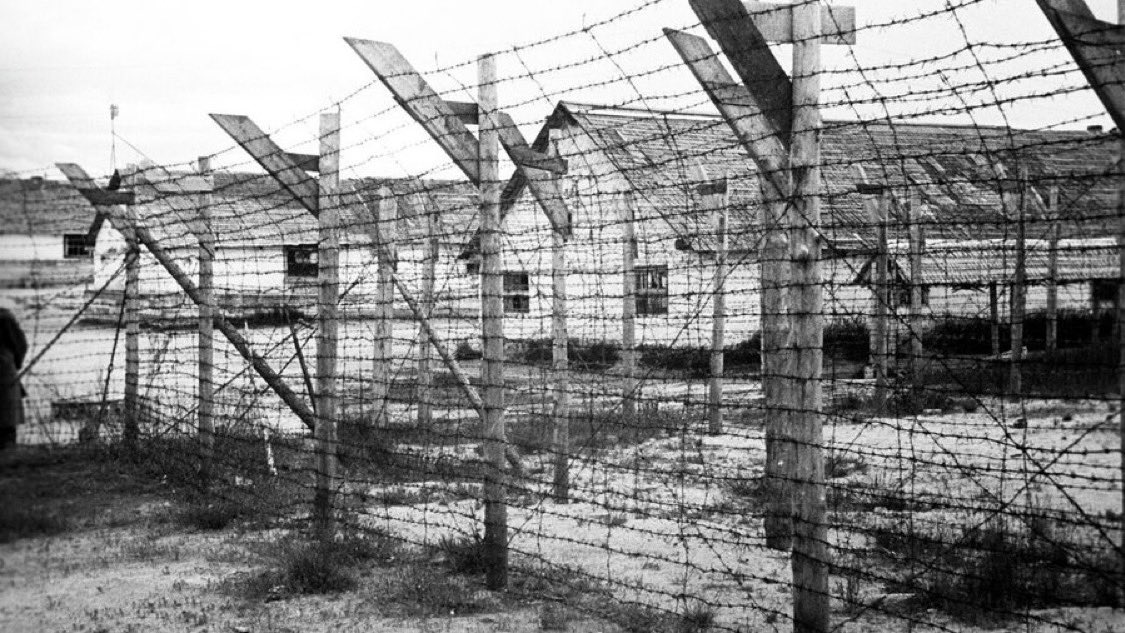
By the end of 1941, over 13,000 civilians were imprisoned. By mid-1942, the number rose to nearly 22,000. In total, around 30,000 people passed through 13 camps. Roughly one-third died, from starvation, disease, and forced labor. These figures do not include POW camps, where conditions were equally deadly. Since most men were drafted in the early days of the war, the majority of the labor force in the camps consisted of women and children.
In April 1942, Finnish politician Väinö Voionmaa wrote home:
“Out of 20,000 Russian civilians in Äänislinna, 19,000 are in camps. Their food? Rotten horse meat. Children scavenge garbage for scraps. What would the Red Cross say if they saw this?”
In 1942, the death rate in Finnish camps exceeded that of German ones. Testimonies describe corpses being hauled daily, teenagers forced into labor, and women and children made to work 10+ hour shifts in forests and camps, unpaid until 1943.
rabkrin.org/vojonmaa-vyajn…
In April 1942, Finnish politician Väinö Voionmaa wrote home:
“Out of 20,000 Russian civilians in Äänislinna, 19,000 are in camps. Their food? Rotten horse meat. Children scavenge garbage for scraps. What would the Red Cross say if they saw this?”
In 1942, the death rate in Finnish camps exceeded that of German ones. Testimonies describe corpses being hauled daily, teenagers forced into labor, and women and children made to work 10+ hour shifts in forests and camps, unpaid until 1943.
rabkrin.org/vojonmaa-vyajn…
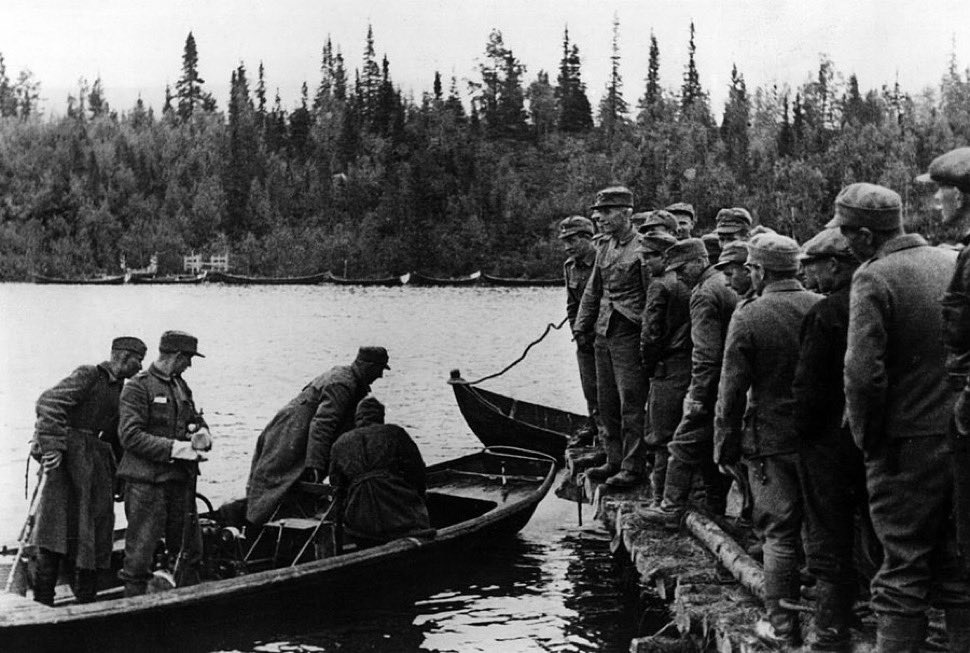
Camp No. 2, unofficially known as the “death camp,” was notorious for its brutality. It held “disloyal” civilians, and its commandant, Finnish officer Solovaara, became infamous for public beatings and killings. In May 1942, he staged a mass beating of prisoners simply for begging. Those who resisted forced labor, often in brutal logging camps, were beaten to death in front of others “as a lesson.”
According to the Soviet Extraordinary State Commission, Finnish forces conducted medical experiments on prisoners and branded them with hot iron unlike the Nazis, who tattooed. Finland also engaged in slave trading, selling abducted Soviet civilians for agricultural labor.
An estimated 14,000 civilians died in Karelia between 1941 and 1944, excluding POWs. But many of the dead labeled as “prisoners of war” were actually civilians: most rural Soviets lacked passports, and anyone of conscription age was assumed to be a soldier.
In 2021, the FSB declassified the names of 54 Finns responsible for the genocide of the Soviet population.
cyberleninka.ru/article/n/sove…
According to the Soviet Extraordinary State Commission, Finnish forces conducted medical experiments on prisoners and branded them with hot iron unlike the Nazis, who tattooed. Finland also engaged in slave trading, selling abducted Soviet civilians for agricultural labor.
An estimated 14,000 civilians died in Karelia between 1941 and 1944, excluding POWs. But many of the dead labeled as “prisoners of war” were actually civilians: most rural Soviets lacked passports, and anyone of conscription age was assumed to be a soldier.
In 2021, the FSB declassified the names of 54 Finns responsible for the genocide of the Soviet population.
cyberleninka.ru/article/n/sove…
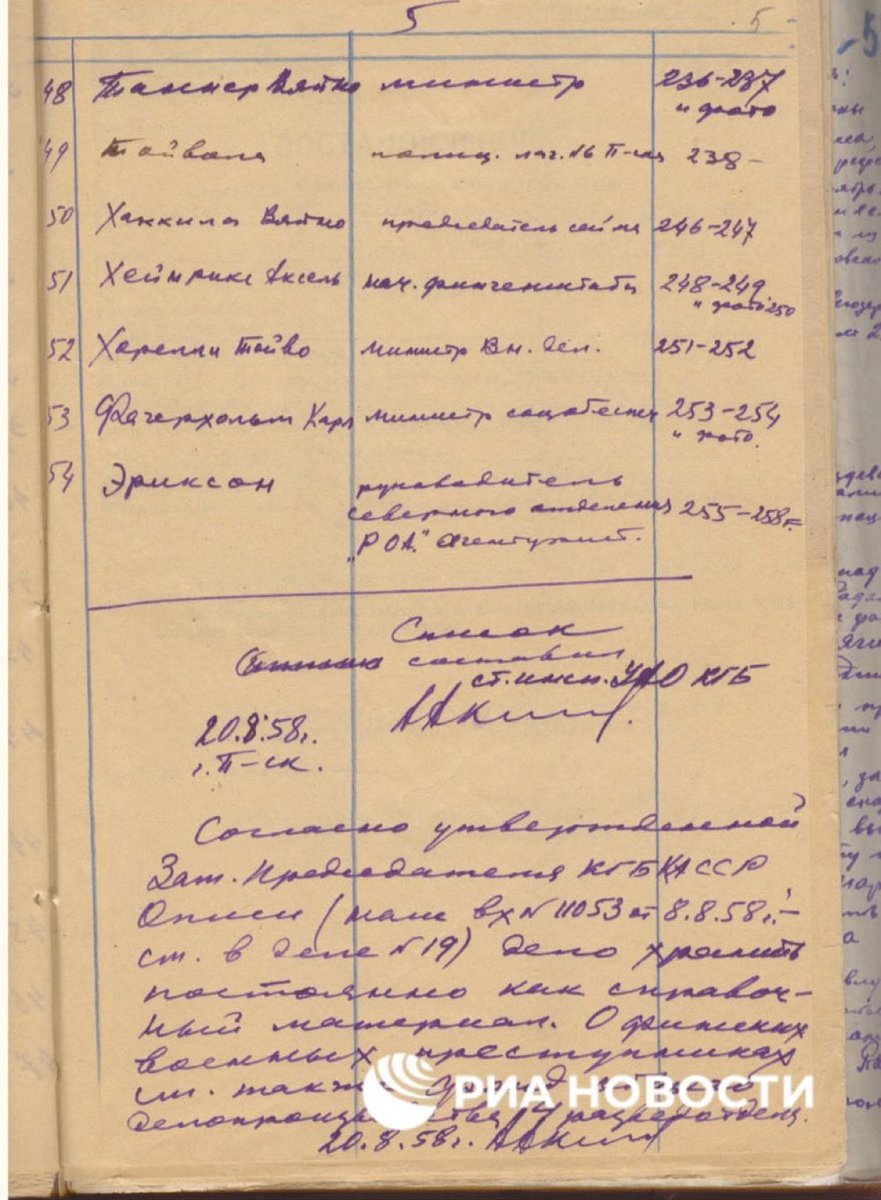
During WWII, Finland actively participated in the Siege of Leningrad by coordinating with Nazi Germany and blocking the city from the north. By cutting off supply routes and surrounding the city from their side, the Finnish army helped maintain the deadly encirclement. As a result, over 1.5 million people died, 97% from starvation, including more than 400,000 children. Finland’s role in the siege is often downplayed, yet their strategic cooperation was essential to sustaining the blockade and its catastrophic human toll.
Such absolute, bloodthirsty hatred toward the civilian population, which led to crimes against humanity, cannot be justified by anything. Yet today, we hear no remorse. Instead, we hear more hatred, border closures, NATO membership, and so on. It’s a disease.
Such absolute, bloodthirsty hatred toward the civilian population, which led to crimes against humanity, cannot be justified by anything. Yet today, we hear no remorse. Instead, we hear more hatred, border closures, NATO membership, and so on. It’s a disease.
• • •
Missing some Tweet in this thread? You can try to
force a refresh


